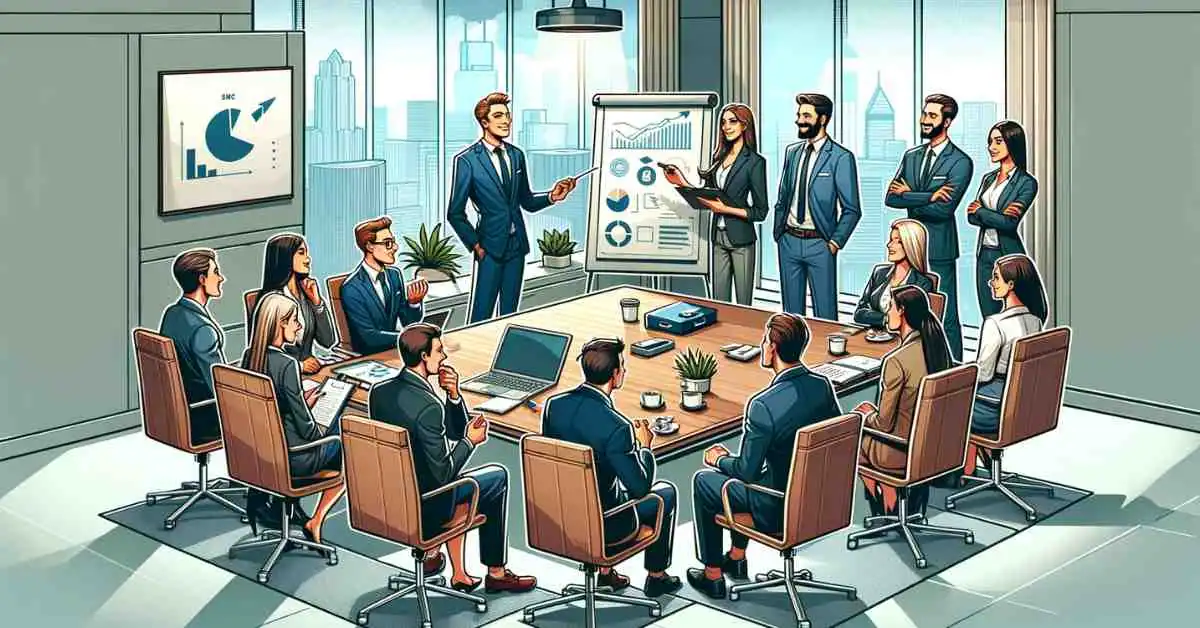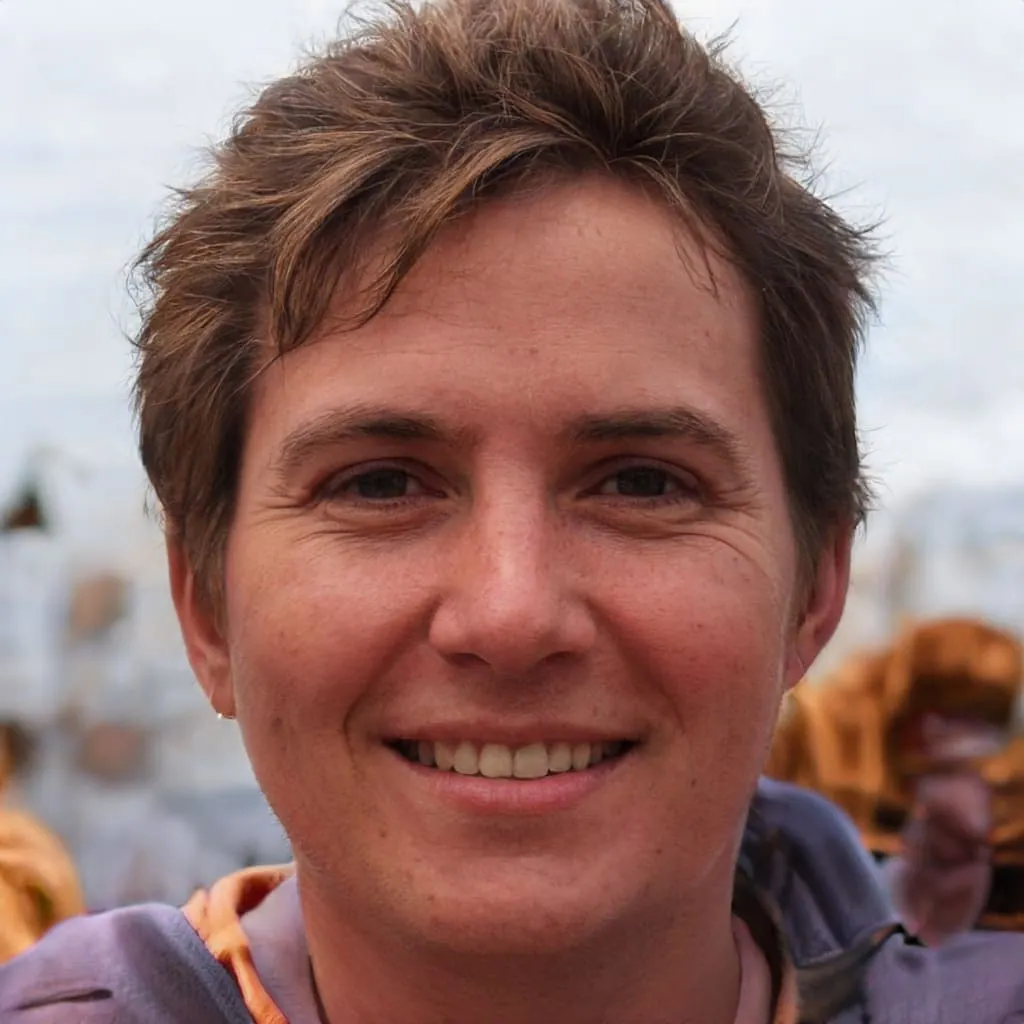Imagine you’ve made a mistake with a client – maybe a missed deadline or a mix-up in communication. In business, how you say sorry in these moments is important. It’s more than just fixing a mistake; it’s about showing your clients they matter to you and that you’re serious about doing better.
“Your clients are not just clients; they are the ambassadors of your brand’s value.”
– Unknown
This post is all about how to apologize to clients in different situations. Saying the right kind of sorry can help strengthen your relationship with your clients. We’re going to look at lots of sorry messages for clients. These messages are all about saying sorry in a professional way that helps rebuild Trust. Let’s learn how to make things right with our clients!
- Apologies for Missed Deadlines and Delays
- Apologies for Errors and Mistakes
- Apologies for Miscommunication and Misunderstandings
- Apologies for Inconvenience and Disruptions
- Reiterating Commitment to Client Satisfaction
- Offering Continued Support and Assistance
- Valuing Client Feedback and Continuous Improvement
You Might Also Like:
- SORRY MESSAGES FOR NOT ATTENDING AN INTERVIEW
- SORRY MESSAGES FOR TEACHER
- SORRY MESSAGES FOR BOSS
- SORRY MESSAGES FOR MISSED APPOINTMENTS
- SORRY MESSAGES FOR COLLEAGUES
- SORRY MESSAGES FOR LATE DELIVERIES
- SORRY MESSAGES FOR REPLYING LATE
Apologies for Missed Deadlines and Delays

When you miss a deadline or delay a project for a client, a sincere apology can help. Here are 10+ sorry messages for clients when things are late:
“I sincerely apologize for missing the deadline on your project. I understand how this delay has impacted you and am taking steps to make sure it doesn’t happen again.”
“I’m truly sorry for the delay in completing your project. I know how important this is for your business, and I’m committed to immediately getting it back on track.”
“I regret that we couldn’t deliver on time as promised. I understand this might have caused inconvenience, and we’re working on measures to ensure better timeliness in the future.”
“I apologize for the delay in our service delivery. I realize this has affected your plans, and we’re taking immediate action to resolve the issue.”
“I’m sorry for not meeting our agreed deadline. This isn’t the standard we aim for, and we’re reviewing our processes to prevent such delays in the future.”
“I apologize for the setback in completing your order. We value your time and are changing our workflow to improve efficiency and reliability.”
“I regret the delay in delivering your project. I understand the impact on your schedule and am committed to ensuring faster completion times moving forward.”
“I’m sorry that we didn’t meet the expected timeline for your project. We take this seriously and are implementing new strategies to ensure we meet our deadlines in the future.”
“I apologize for the delay you’ve experienced. It’s important for us to be reliable, and we’re making necessary adjustments to do better.”
“I’m sorry for the inconvenience caused by our delayed delivery. We’re taking concrete steps to improve our project management to avoid such issues.”
“I sincerely regret the delay in getting your project completed. We understand the significance of this for your business and are focused on rectifying the situation promptly.”
In these apologies, it’s important to show that you understand the impact of the delay, express genuine regret, and make it clear that you’re taking steps to prevent similar problems in the future. This helps maintain Trust and professionalism with your clients.
Apologies for Errors and Mistakes

Mistakes can happen, but how we handle them matters, especially with clients. Here are 10+ apologies for when an error affects a client’s project:
“I apologize for the mistake in your project. I understand the inconvenience this caused and am taking immediate steps to correct it. We’re also enhancing our quality control to prevent this in the future.”
“I’m truly sorry for the oversight in our recent work for you. We’ve identified the error and are rectifying it. We’re committed to ensuring such mistakes don’t recur.”
“I regret the error that occurred in your project. I understand this has an impact, and I am working to fix it immediately. We’re reviewing our procedures to improve our accuracy.”
“I apologize for the mistake in our service. It’s not the standard we strive for. We’re correcting the issue and strengthening our processes to avoid similar errors.”
“I’m sorry for the error in your order. We realize this has caused a setback, and we’re doing everything to make it right. Our team is also working on enhancing our quality checks.”
“I apologize for the mix-up in your project. We take full responsibility and are addressing the mistake promptly. We’re also implementing stricter protocols to ensure better service quality.”
“I regret the inconvenience caused by our error. We’re immediately rectifying the situation and reviewing our practices to uphold the high standards you expect from us.”
“I’m sorry for the error in the work we delivered. We are correcting it as quickly as possible and reassessing our procedures to ensure this doesn’t happen again.”
“I apologize for the oversight in your project. We’re taking corrective actions and revising our process to ensure such errors are minimized.”
“I’m truly sorry for the mistake we made. We understand the importance of your project and are acting swiftly to correct our error. Our commitment to quality remains our top priority.”
“I apologize for the inconvenience our mistake has caused. We’re dedicated to resolving it and improving our methods to maintain the quality and accuracy you deserve.”
In these apologies, acknowledging the mistake, expressing regret, and outlining steps to fix the problem and prevent it from happening again are key. This approach helps maintain Trust and professionalism with your clients.
Apologies for Miscommunication and Misunderstandings

Clear communication is crucial in maintaining good client relationships. Here are 10+ apologies for when misunderstandings or miscommunications happen with clients:
“I apologize for the miscommunication that occurred regarding your project. I understand it led to confusion and am taking steps to ensure clearer communication in the future.”
“I’m sorry for any misunderstanding caused by our communication. I realize this may have caused frustration, and I’m committed to being more precise and transparent moving forward.”
“I regret the confusion that resulted from my unclear communication. I’m taking measures to improve clarity in our interactions to avoid such issues.”
“I apologize for the miscommunication that led to the delay in your project. I’m working on enhancing our communication process to be more responsive and clear.”
“I’m sorry for any confusion caused by my recent emails. I understand the importance of clear communication and am focusing on making our correspondence more straightforward.”
“I apologize for the misunderstanding regarding the specifications of your order. We’re reviewing our communication practices to ensure complete clarity in the future.”
“I regret any inconvenience caused by our miscommunication. I’m dedicated to improving our dialogue to ensure your needs are fully understood and met.”
“I’m sorry for the miscommunication that occurred during our last discussion. We’re implementing better communication strategies to avoid such misunderstandings.”
“I apologize for the mix-up resulting from unclear instructions. I’m taking steps to ensure our communication is more direct and unambiguous.”
“I’m sorry for any frustration caused by our miscommunication. We’re committed to enhancing our communication channels for better transparency and efficiency.”
“I apologize for the confusion caused by my recent communication. I’m dedicated to ensuring our future interactions are clearer and more informative.”
In these apologies, it’s important to acknowledge your part in the communication breakdown, express regret for any issues caused, and show that you’re improving communication with your clients. This helps maintain a good relationship and shows your professionalism.
Apologies for Inconvenience and Disruptions

When our actions disrupt a client’s business, a sincere apology can help mend the situation. Here are 10+ apologies for causing inconvenience or disruptions:
“I apologize for the inconvenience caused by our service disruption. I understand the impact on your business and am working urgently to resolve this issue.”
“I’m sorry for the unexpected problem that arose from our end. We realize it’s affected your workflow, and we’re taking swift action to fix it.”
“I regret the inconvenience our oversight caused. I understand how this has disrupted your operations and am committed to rectifying the situation as quickly as possible.”
“I apologize for the disruption in our usual services. We’re identifying the cause and implementing measures to ensure this doesn’t happen again.”
“I’m sorry for the inconvenience caused by the delay in our delivery. We’re working hard to get things back on track and minimize the impact on your business.”
“I apologize for the technical issues that disrupted our service. We understand the importance of reliability and are taking steps to enhance our systems.”
“I regret any disruption caused by our recent actions. We’re reviewing our procedures to prevent such occurrences and ensure smoother operations in the future.”
“I’m sorry for the inconvenience caused by our mistake. We’re taking immediate corrective action and reviewing our processes to better serve you.”
“I apologize for the disruption this has caused to your schedule. We’re making changes to ensure our services align more closely with your business needs.”
“I regret the inconvenience our error has caused. We’re taking comprehensive steps to address the issue and prevent similar problems in the future.”
“I apologize for the unexpected disruption in our service. We’re proactively identifying and addressing potential problems more efficiently.”
In these apologies, it’s key to recognize the inconvenience caused, express genuine regret, and outline the steps you’re taking to solve the problem and prevent it from happening again. This approach demonstrates your commitment to maintaining a positive and professional relationship with your client.
Reiterating Commitment to Client Satisfaction
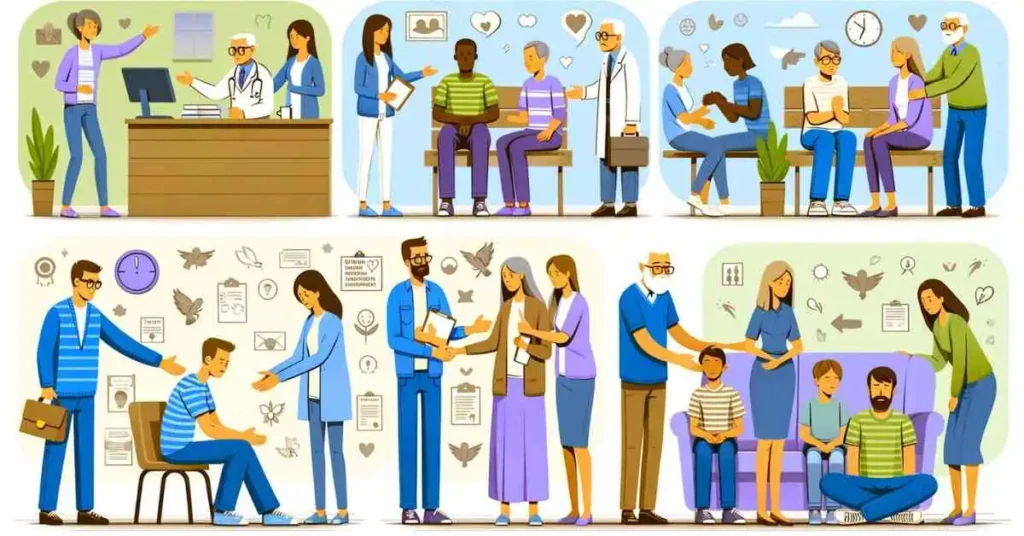
Client satisfaction is key in any business. It’s essential to show your clients that you’re dedicated to providing top-notch service. Here are some ways to reaffirm your commitment to client satisfaction:
“Our clients’ satisfaction is our top priority. I assure you of our unwavering commitment to providing exceptional service and meeting your needs effectively.”
“We are deeply committed to ensuring our clients are satisfied with our services. We constantly strive to exceed your expectations and deliver high-quality results.”
“Our focus on client satisfaction is at the heart of what we do. We are dedicated to understanding and meeting your requirements, ensuring consistently outstanding service.”
“Client satisfaction is paramount in our business. We’re committed to delivering not just what you expect but also to ensure exceptional service.”
“We take a customer-centric approach in all our operations. Our goal is always to ensure your complete satisfaction with our services and results.”
“Our dedication to client satisfaction is unwavering. We prioritize delivering high-quality services and solutions tailored to your specific needs.”
“Ensuring our clients are happy with our work is our main goal. We are committed to maintaining the highest standards of service and delivering superior results.”
“Your satisfaction is the measure of our success. We are devoted to providing you with services that not only meet but exceed your expectations.”
“We believe in putting our clients first. Our commitment to your satisfaction drives us to continually improve and provide the best possible service.”
“Our promise is to deliver excellence and achieve client satisfaction in every aspect of our work. We are dedicated to understanding and meeting your needs at every turn.”
In these messages, it’s important to emphasize your commitment to client satisfaction and your dedication to delivering high-quality service. This approach helps build Trust and reinforces your reputation as a reliable, client-focused business partner.
Offering Continued Support and Assistance
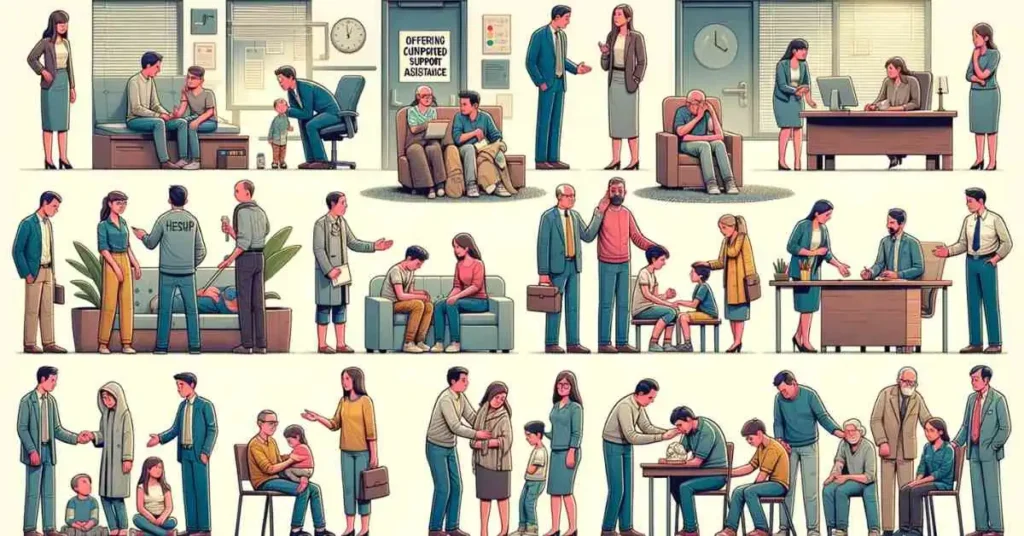
Being ready to support and address your client’s needs is crucial for a successful business relationship. Here’s how to communicate your commitment to ongoing support and assistance:
“We are always here to provide you with ongoing support. If you have any concerns, we’ll address them promptly and go the extra mile to ensure your satisfaction.”
“Our commitment to you extends beyond this project. We’re dedicated to resolving any issues quickly and proactively anticipating your needs to exceed your expectations.”
“We offer continuous support for all our clients. Our team is ready to assist with any inquiries or concerns you may have, ensuring a seamless experience.”
“Your satisfaction is our ongoing commitment. We’re here to support you at every step and are dedicated to swiftly addressing any concerns you may encounter.”
“We believe in building long-term relationships with our clients. Our team is always available to offer support and assistance, ensuring your complete satisfaction.”
“Our proactive approach to client service includes anticipating your needs and resolving issues before they arise. We’re committed to exceeding your expectations at every opportunity.”
“We understand that your needs may evolve, and we’re here to support you through every change. Our team is committed to providing prompt and effective assistance whenever you need it.”
“Our dedicated support channels are always open to address any of your inquiries or concerns. We’re committed to providing timely and effective solutions to all our clients.”
“We aim to go beyond just meeting your needs – we strive to anticipate them. Our team is always ready to provide your support and assistance.”
“Your continued satisfaction is our priority. We offer dedicated support and are always willing to take the extra steps needed to ensure your needs are fully met.”
In these messages, it’s important to emphasize your willingness to offer ongoing support, your proactive approach to client service, and the availability of dedicated channels for addressing client concerns. This approach demonstrates a strong commitment to client satisfaction and building lasting business relationships.
Valuing Client Feedback and Continuous Improvement

Listening to what clients say and using their feedback to get better is key for any business. Here are some ways to show clients that their feedback is valuable and that you’re committed to improving:
“We’re truly grateful for your feedback. It’s essential in helping us identify areas for improvement. We’re committed to using your input to enhance our service delivery.”
“Thank you for your valuable feedback. We see it as a vital part of our continuous improvement process and are dedicated to refining our processes and communication based on your suggestions.”
“Your feedback is incredibly important to us. It helps us understand your needs better and continuously improve our services to enhance your overall satisfaction.”
“We appreciate your input and take it seriously in our quest for excellence. We’re committed to utilizing your feedback to make necessary improvements in our service.”
“Thank you for sharing your thoughts with us. We’re using your feedback to improve our procedures and ensure a better client experience in the future.”
“Your feedback is a key ingredient in our growth. We are actively taking steps to incorporate your suggestions to provide more effective solutions.”
“We value your feedback and see it as an opportunity to learn and grow. We’re taking specific actions to address your concerns and enhance our service quality.”
“Thank you for helping us improve. Your feedback is being used to refine our approaches and practices, ensuring higher client satisfaction.”
“Your opinions and suggestions are crucial to our improvement. We’re changing to meet your needs in response to your feedback.”
“We’re thankful for your insights. Based on your input, we’re implementing changes to improve our services and your experience with us.”
In these messages, it’s important to express gratitude for client feedback, highlight your commitment to making improvements based on that feedback, and outline the steps you’re taking to enhance your services. This shows clients that you value their opinions and are dedicated to providing the best possible service.
Closing Notes
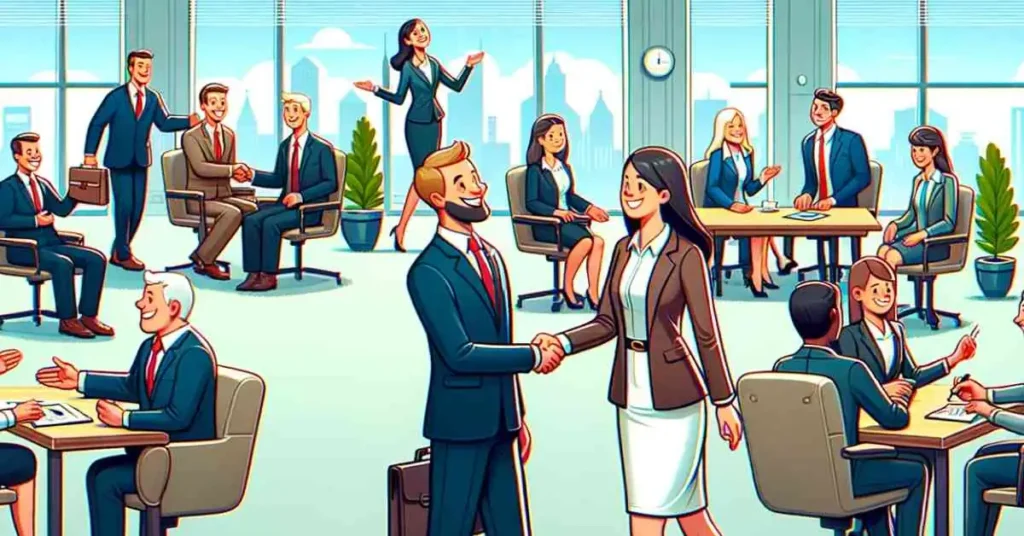
Being professional, honest, and saying sorry the right way is super important in keeping good relationships with clients. When you make a mistake, a real apology can help fix things and show your clients you care.
We’ve shared lots of different sorry messages for clients. Each is about apologizing and showing you’re ready to do better. This is key to keeping your clients happy and trusting you.
Thanks for reading about these apologies. We hope they help your business if you ever need to say sorry to a client. Remember, it’s how we improve, listen to feedback, and keep our promises that make clients keep coming back.

